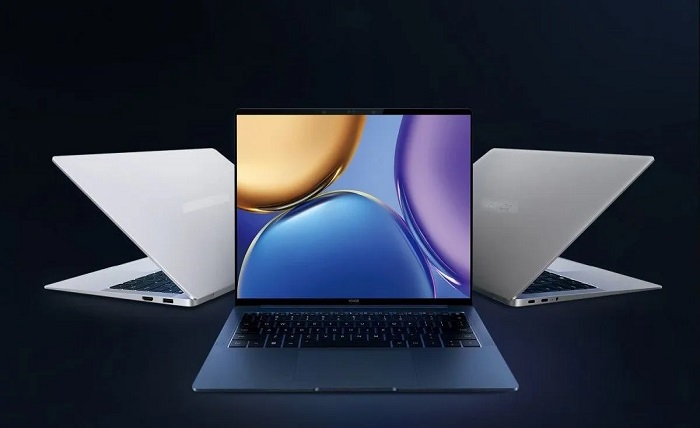
Laptops have become an essential tool for many people, from students and professionals to gamers and creative individuals. But how did these devices evolve from their heavy and bulky beginnings to the lightweight and portable laptops we use today?
The first laptops, also known as portable computers, were introduced in the early 1980s. These early laptops were large, heavy, and expensive, with limited capabilities compared to desktop computers. They primarily served as a way for professionals and researchers to access their work remotely.
In 1989, the first laptops with a color screen were introduced, and in 1991, IBM introduced the ThinkPad, which set a new standard for laptop design with its durable build and advanced features. However, it was still quite heavy and bulky, weighing in at over 6 pounds.
The introduction of the Intel Pentium processor in 1993 brought a significant increase in performance and power efficiency, enabling laptops to become smaller and more portable. In 1999, the first sub-4-pound laptops were introduced, making them more practical for everyday use.
The early 2000s saw the introduction of laptops with widescreen displays, wireless connectivity, and multimedia capabilities. The emergence of netbooks in 2007, small, lightweight laptops designed for basic web browsing and email, further popularized the use of laptops for everyday use.
As technology continued to advance, laptops became even more powerful and versatile. The introduction of Ultrabook in 2011 brought a new level of slimness, performance and battery life. The introduction of 2-in-1 laptops in 2013, which could be used as a laptop or tablet, also increased their versatility.
Today, laptops are more powerful, portable, and versatile than ever before. They come in a wide range of sizes and styles, from lightweight ultrabooks to powerful gaming laptops. Many laptops now feature high-resolution displays, touchscreens, and long battery life, making them suitable for a wide range of tasks.
Another important trend in the laptop industry is the increasing popularity of cloud computing. With cloud computing, users can store and access their files and programs remotely, eliminating the need for large storage capacity on the laptop itself. This has led to the development of lightweight, portable laptops with minimal storage, known as “cloud books.”
The latest laptops also feature advanced security features, such as biometric authentication and encryption, to protect sensitive information from cyber threats. Additionally, many laptops now have built-in AI capabilities, allowing for improved performance and efficiency.
However, with the advancements in technology also come concerns about e-waste and the environmental impact of laptops. As laptops have a limited lifespan and are often replaced by newer models, it is important for manufacturers and consumers to be mindful of the disposal and recycling of laptops.
Laptops have undergone a tremendous evolution since their inception as portable computers. Today, they are powerful, portable, and versatile devices that have become essential tools for many people. With the rapid advancements in technology, we can expect to see even more exciting developments in the future, such as cloud computing, advanced security features, and AI capabilities. However, as the use of laptops increases, it’s important to consider the environmental impact and proper disposal and recycling of these devices.
Read more about Choosing Choice Home Warranty



